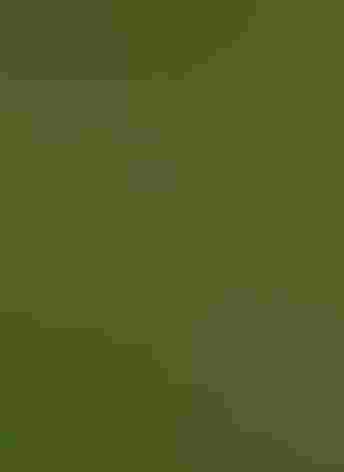Great Crested Flycatcher
At a Glance
In dense leafy forests of the east, the Great Crested Flycatcher lives within the canopy of tall trees in summer. It is more easily heard than seen, its rolling calls echoing through the woods. The birder who pursues and sees the bird is likely to be impressed; this species is much more colorful than most flycatchers in the east. It nests in holes in trees, and it has the odd habit of adding pieces of shed snakeskin to its nest.
All bird guide text and rangemaps adapted from Lives of North American Birds by Kenn Kaufman© 1996, used by permission of Houghton Mifflin Harcourt Publishing Company. All rights reserved.
Category
Perching Birds, Tyrant Flycatchers
Conservation
Low Concern
Habitat
Fields, Meadows, and Grasslands, Forests and Woodlands, Shrublands, Savannas, and Thickets, Urban and Suburban Habitats
Region
California, Eastern Canada, Florida, Great Lakes, Mid Atlantic, New England, Plains, Rocky Mountains, Southeast, Southwest, Texas, Western Canada
Behavior
Direct Flight, Flitter, Hovering
Population
8.800.000
Range & Identification
Migration & Range Maps
Winters mainly from Mexico to Colombia; also winters regularly in southern Florida. Migrates mostly at night.
Description
9" (23 cm). Olive-brown head and back; clear gray throat and chest contrasting with bright yellow belly. Bright reddish brown in tail and wings, obvious when the bird flies. Bushy-crested look not always apparent.
Size
About the size of a Crow, About the size of a Robin
Color
Black, Brown, Gray, Red, Yellow
Wing Shape
Rounded
Tail Shape
Notched, Rounded, Square-tipped
Songs and Calls
A loud, whistled, slightly buzzy wheep, sometimes repeated. Also a raucous whit-whit-whit-whit.
Call Pattern
Flat, Rising
Call Type
Buzz, Chirp/Chip, Trill, Whistle
Habitat
Woodlands, groves. Breeds mainly in deciduous forest or mixed forest, but avoids pure stands of conifers. May be found in either continuous deep forest or in more open wooded areas, around edges of clearings or abandoned orchards. Winters in the tropics mostly around edges of forest or second growth.
Sign up for Audubon's newsletter to learn more about birds like the Great Crested Flycatcher
Behavior
Eggs
5, sometimes 4-6, rarely more. Creamy white to pale buff, marked with brown, olive, lavender. Incubation is by female only, about 13-15 days.
Young
Both parents bring food for nestlings. Age of young at first flight about 12-18 days.
Feeding Behavior
Forages by flying out from a perch to catch insects. May hover momentarily while taking insects from foliage or twigs, or may catch them in mid-air. Sometimes drops down to take food from on or near the ground, but usually feeds rather high.
Diet
Mostly insects. Feeds on a wide variety of insects, including caterpillars, moths, butterflies, katydids, tree crickets, beetles, true bugs, and others. Also eats spiders and sometimes small lizards, and regularly eats fruits and berries. Small fruits may be a major part of diet in winter in the tropics.
Nesting
Male defends nesting territory with loud calls, sometimes by fighting with other males. Courtship may involve male chasing female among the trees. Nest site is usually in hole in tree, either natural cavity or old woodpecker hole, usually 20-50' above the ground. Sometimes nests in artificial sites such as birdhouses, drainpipes, or hollow fence posts. Both sexes help build nest; in deep cavities, they may carry in large amounts of material, to bring the nest level up close to the entrance. Nest foundation is made of grass, weeds, strips of bark, rootlets, feathers, or other debris, lined with finer materials. Usually includes a piece of snakeskin in lining (or sometimes a piece of clear plastic instead).
Climate Vulnerability
Conservation Status
Could be vulnerable to loss of forest habitat, but current populations apparently stable.
Climate Threats Facing the Great Crested Flycatcher
Choose a temperature scenario below to see which threats will affect this species as warming increases. The same climate change-driven threats that put birds at risk will affect other wildlife and people, too.







